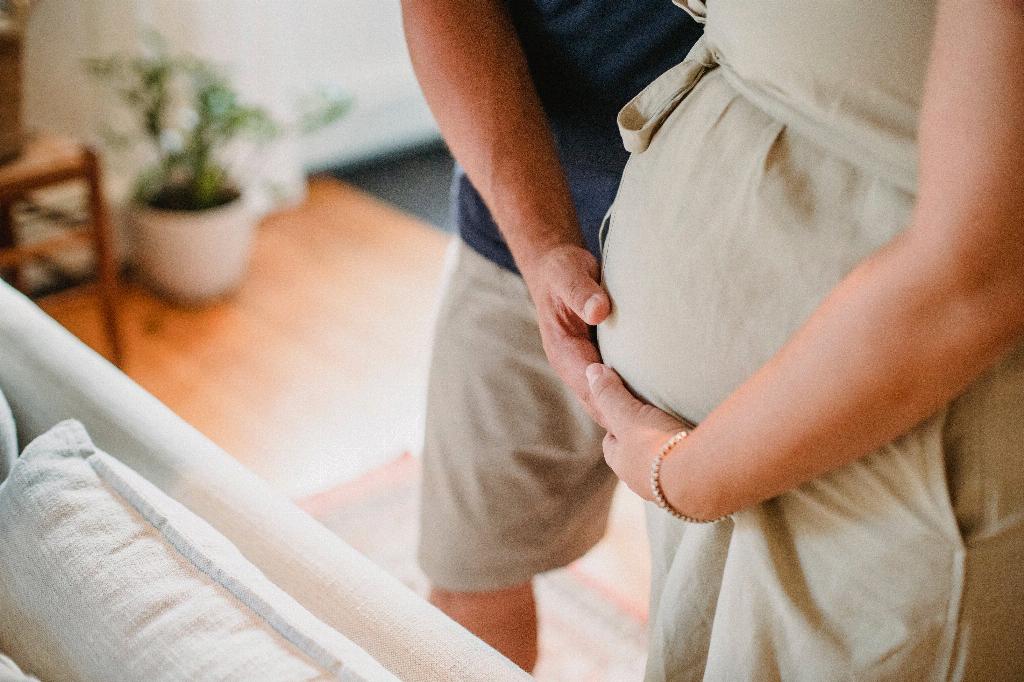Tubal ligation, commonly known as getting your tubes tied, is a popular form of permanent birth control for individuals looking to prevent future pregnancies. It involves the surgical closure or blocking of the fallopian tubes, thereby preventing eggs from reaching the uterus for fertilization. Despite its high efficacy in preventing pregnancy, there is a small possibility of pregnancy occurring after tubal ligation.
Understanding the Statistics
According to research, the chances of pregnancy after tubal ligation are relatively low. Studies indicate that the likelihood of pregnancy in the first year post-procedure is around 1 in 1,000. This percentage slightly increases over time, with rates of pregnancy ranging from 2 to 10 per 1,000 after five years.
Factors Influencing Pregnancy After Tubal
While the overall probability of pregnancy after tubal ligation is low, certain factors may increase the likelihood of conception. These factors include the age of the individual at the time of the procedure, the method used for tubal ligation, and the presence of any underlying health conditions that may impact fertility.
Risk of Ectopic Pregnancy
It’s essential to note that pregnancies that occur after tubal ligation are more likely to be ectopic pregnancies, where the fertilized egg implants outside the uterus, typically in the fallopian tubes. Ectopic pregnancies can pose serious health risks and require immediate medical attention.
Symptoms of Pregnancy After Tubal
Recognizing the signs of pregnancy after tubal ligation is crucial for early detection. Common symptoms may include missed periods, nausea, breast tenderness, and fatigue. If you experience these symptoms after undergoing tubal ligation, it’s important to consult with a healthcare provider for further evaluation.
Confirming Pregnancy Post-Tubal Ligation
If you suspect that you may be pregnant after tubal ligation, a healthcare provider can perform a series of tests to confirm the pregnancy. These tests may include pregnancy tests, ultrasound examinations, and blood tests to measure hormone levels.
Options for Managing Pregnancy After Tubal
If a pregnancy is confirmed after tubal ligation and it is a viable intrauterine pregnancy, individuals have several options to consider. These options may include continuing the pregnancy, considering surgical options, such as tubal reanastomosis or in vitro fertilization (IVF), or exploring adoption.
Importance of Seeking Medical Advice
Regardless of the chosen course of action, it is crucial to seek guidance from a qualified healthcare provider when facing a pregnancy after tubal ligation. Medical professionals can offer support, information, and appropriate care tailored to individual circumstances.
Emotional Considerations
Facing a pregnancy after tubal ligation can evoke a range of emotions, including surprise, confusion, and anxiety. It’s essential to acknowledge and address these feelings, seeking support from loved ones, counselors, or support groups as needed.
Conclusion
In conclusion, while the likelihood of pregnancy after tubal ligation is relatively low, it is not impossible. Understanding the statistics, recognizing potential symptoms, and seeking timely medical advice are key steps in navigating this situation. Ultimately, individuals facing pregnancy after tubal ligation have options and support available to make informed decisions about their reproductive health.

